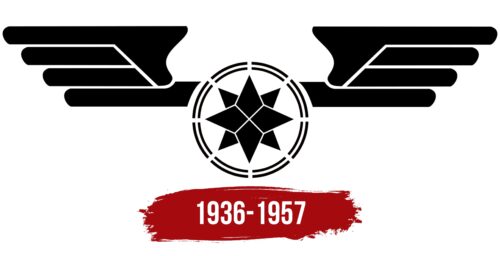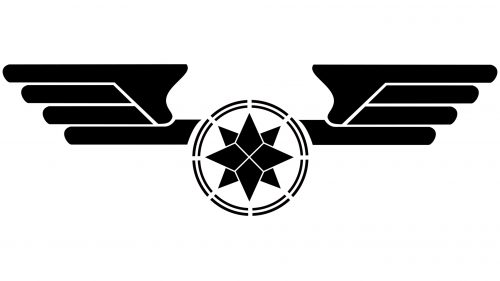Sud-Ouest: Brand overview
French airline Sud-Ouest began operations in 1936 and continued until 1957. The airline was created as a subsidiary of the French aircraft manufacturing company Société Nationale des Constructions Aéronautiques du Sud-Ouest (SNCASO).
With an operating base in Toulouse, the airline began operations in 1937, providing seaplane mail and cargo transportation along the Atlantic coast and extending its operations to Spain and North Africa. The end of World War II opened new opportunities for Sud-Ouest. The company entered the passenger transportation business, connecting destinations in Europe, Africa, and South America using a fleet of Douglas DC-4 aircraft.
In the early 1950s, Sud-Ouest was instrumental in the development of France’s first commercial jet airliner, the Caravelle. Despite this significant contribution, the airline did not have any jets of its own.
In 1957, after two decades, Sud-Ouest was incorporated into the larger state-owned airline Air France. At its peak, Sud-Ouest provided connections between major French cities and more than 15 international destinations on three continents.
Although Sud-Ouest had a relatively short existence, its contribution to the development of French commercial aviation in the pre-jet era was significant. The airline’s legacy culminated with its integration into Air France in the late 1950s.
Meaning and History
What is Sud-Ouest?
It is a French regional airline based at Bordeaux-Mérignac Airport, serving various destinations throughout the country’s southwestern part. The company operates a fleet of turboprop aircraft, such as the ATR 42 and ATR 72, enabling it to fly to small airports and connect regions with limited infrastructure.
1936 – 1957
SNCASO, better known as Sud-Ouest, was dissolved in 1957 after a merger with SNCASE. As such, their logos share a common element: the rose of the compass. In the case of SNCASO, the rose of the compass has a two-dimensional shape and consists of eight diamonds. This geometric design is enclosed in a double ring of curved bands. The sides depict stylized bird wings formed by elongated shapes with rounded edges.
The compass rose is an age-old symbol traditionally associated with navigation and orientation, which is appropriate for an aerospace company. The two-dimensional design reflects the company’s commitment to clarity and directness. The double ring can be interpreted as a symbol of unity or inclusiveness, indicating that the company strives to be a one-stop solution in the aerospace industry. The stylized wings of the bird add artistic flair and symbolize the desire for flight and innovation.





